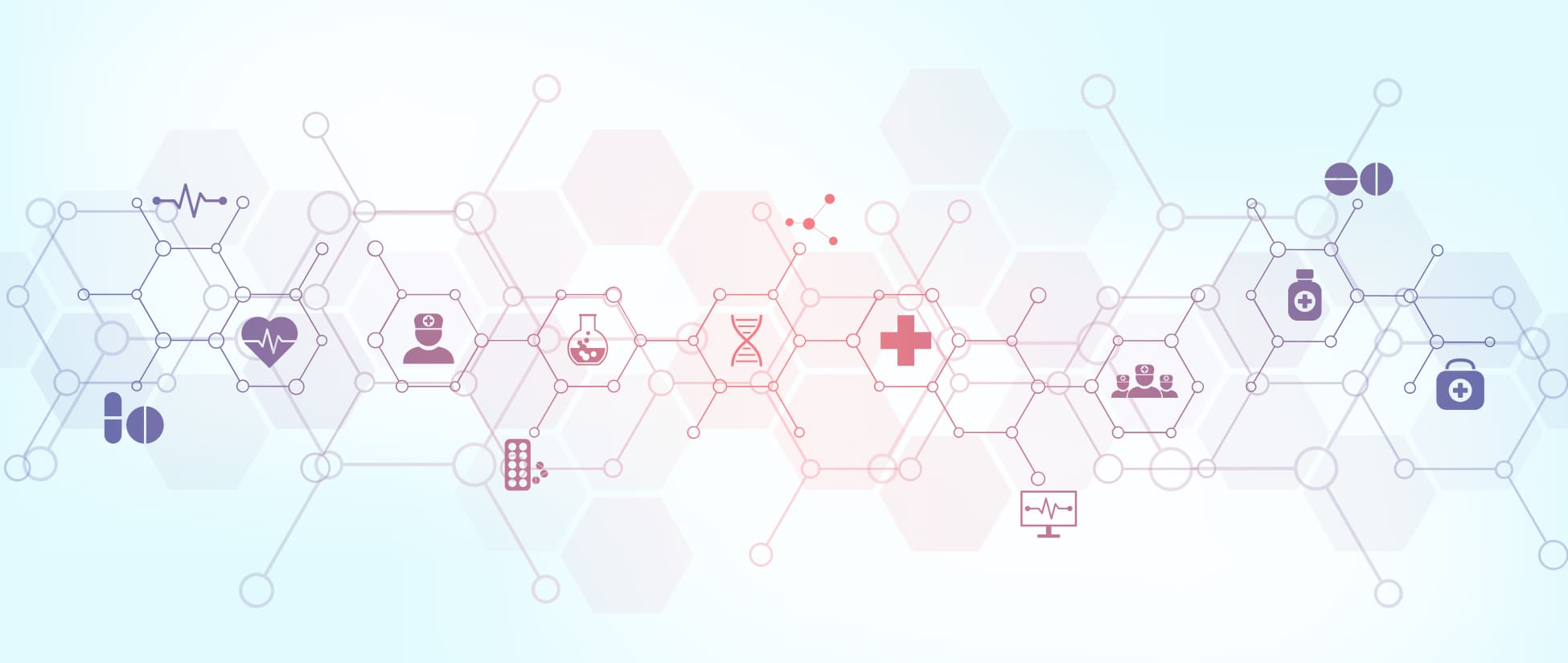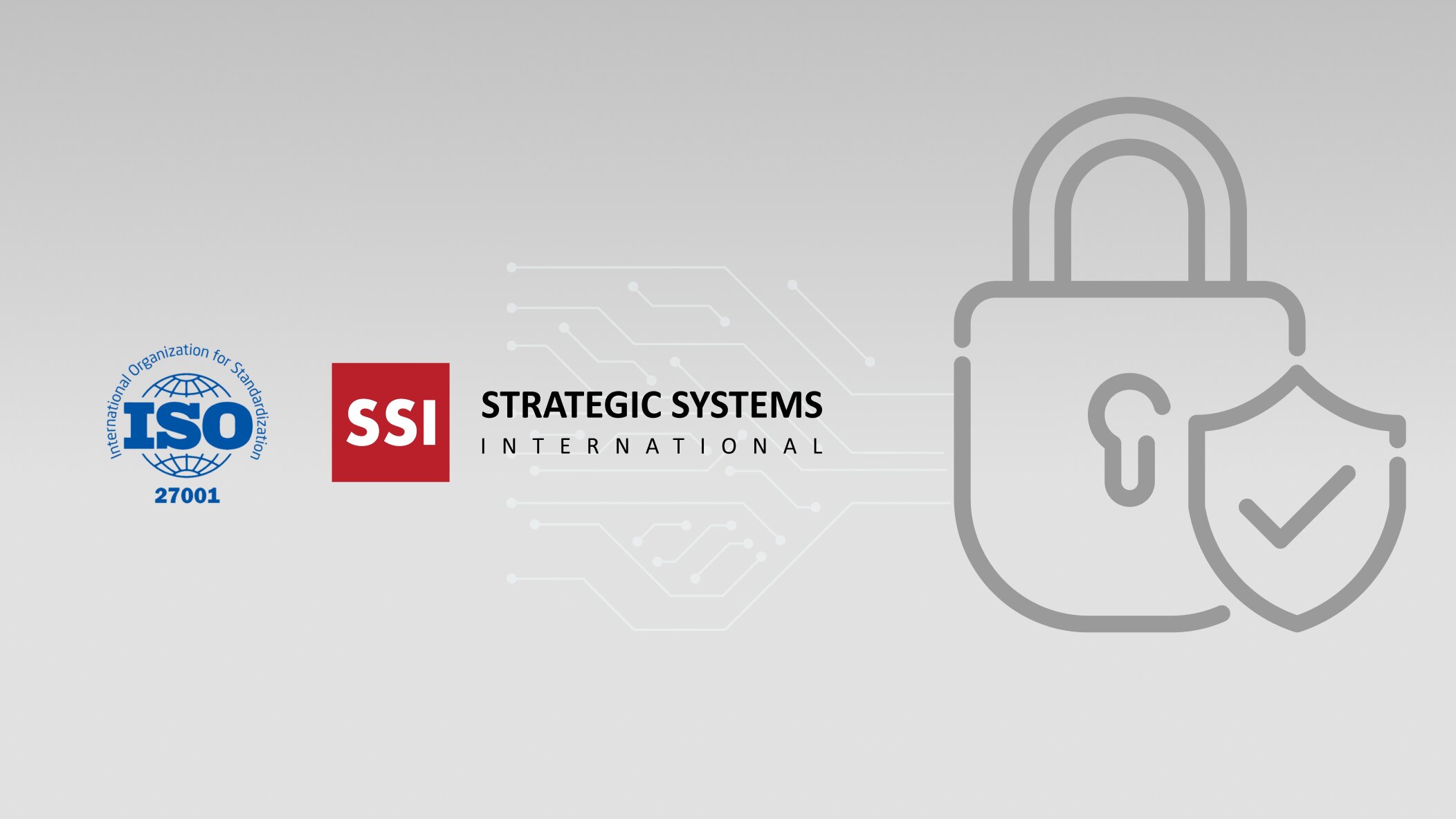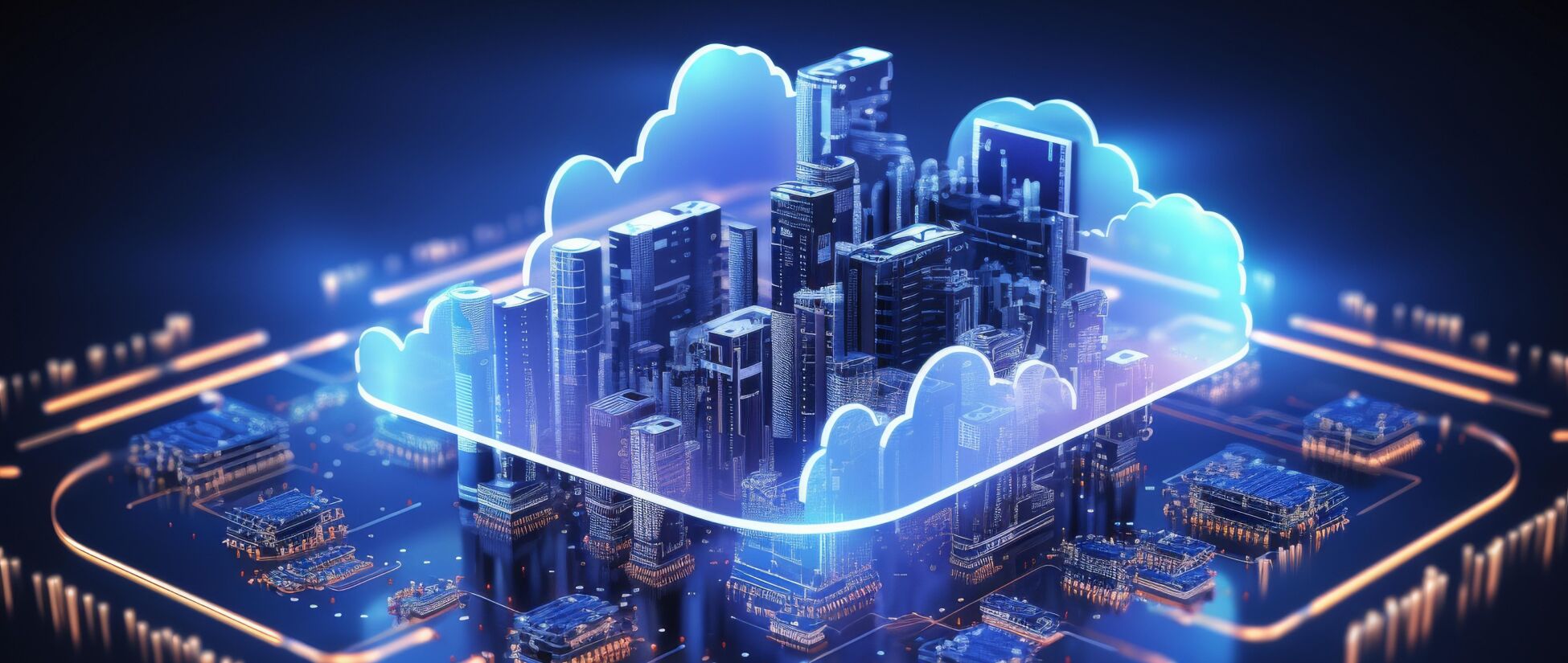Increase in Healthcare Investment
From telemedicine to automated home help for the elderly and disabled, smart wearables, sensors, and connected devices continue to change how healthcare is delivered. It is also being used to minimize unnecessary contact in situations where the risk of viral contamination is particularly high, for example, in care homes and infectious disease wards within hospitals.
As a great demonstration of how the ongoing pandemic has accelerated the adoption of tech-driven healthcare transformation, original estimates for the number of “virtual visits” or online appointments with healthcare providers in the US was 36 million, in reality, that number is now on course to be closer to one billion. By 2023, the telehealth market is estimated to reach $194.1 billion, and a staggering $459.8 billion by 2030. By 2025, more than 43% of the US population is expected to become regular telehealth users.
Read More: Top Five Trends and Technologies Transforming Healthcare in 2022
IoT at the Edge
As manufacturers integrate on-board analytical capabilities into their products and move data processing as close as feasible to its place of origin, edge computing has been a major trend in 2022. With edge computing, rather than IoT devices sending all of the data they collect to the cloud for analysis and extraction of insights, this work is carried out directly on the devices themselves. One clear advantage is massive savings in bandwidth usage and financial and environmental costs. Many proactive and reactive initiatives, such as outbreak detection and contact tracing, rely on highly personal data such as health or location data. New ways of processing and acting on this information will leverage edge computing techniques to reduce the risk posed by sending this information backward and forwards between personal devices and cloud servers. IoT edge computing can also be used to prevent harm to people by automatically preventing machinery from working when someone is in a prohibited area at a factory.
Read More: Top Three Edge Computing Trends to Watch in 2021
Robust Supply Chain
IoT technology offers a fantastic opportunity to create more resilient enterprises that can withstand disasters. Data must be gathered, processed, and utilized at a faster rate; each of these tasks calls for several integrated systems. Additional Industrial Internet of Things (IIoT) components, such as smart sensors and edge systems, provide a comprehensive view of supply chains. Conditional monitoring sensors, for instance, notify human workers when a machine component is beginning to malfunction. According to PwC Digital Factories 2020 study, Nokia has integrated lean management and data analytics across its worldwide supply chain. This comprises robots, wearable tech for operators, and equipment controlled by gestures. Nokia claims to have successfully strengthened production procedures and raised operational stability. Walmart is using smart cameras to monitor inventory levels and store conditions. IBM has also developed a smart mirror with advanced machine learning capabilities that detect in-store anomalies and automatically alert store managers.
Please contact us at sales@ssidecisions.com to explore how your business can benefit from IoT technology. E-mail to book a free consultation now!
Accelerate your digital and product engineering capabilities through remote work!
As companies struggle to maintain business continuity and maintain their digital growth trajectory, we are fully prepared and experienced to partner.



